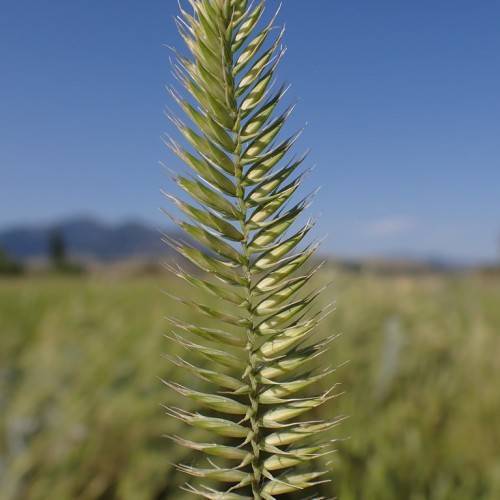
Crested Wheat Grass
Agropyron cristatum
Watering:
Frequent
Hardiness Zone:
Sun:
full sun,part shade
Leaf:
Yes
Growth Rate:
Low
Drought Tolerant:
Yes
Care Level:
Medium
watering
Agrimonia parviflora needs to be watered regularly to keep its soil moist. Water when the top 2 inches of soil start to dry out and avoid over-watering. When in doubt, it is best to underwater than to overwater this species. Water thoroughly, ensuring that the entire root system is saturated. Agrimonia parviflora is often drought resistant once established.
sunlight
Small Flower Groovebur (Agrimonia parviflora) is a plant species which prefers full sun to partial shade. This plant does best in areas where it can receive at least 6 hours of direct sunlight per day. For optimal growth, it should be planted in an area where it can receive morning sunlight. Anywhere from 8-10 hours of direct sunlight per day is ideal for this species. If planted in too much shade, Small Flower Groovebur will not grow as lush and colorful as it can in full sun.
pruning
Pruning should be done lightly and at specific times to maintain a healthy Small Flower Groovebur (Agrimonia parviflora). Pruning of this plant should be done twice a year, in late spring and again in late summer. In late spring, the plant should be pruned by cutting back any overly long stems to a height of 6-7 inches above the ground. In late summer, prune any dead or dying flowers and the stems supporting them to promote additional blooming. Both of these pruning tasks can be done with a pair of sharp garden shears.
